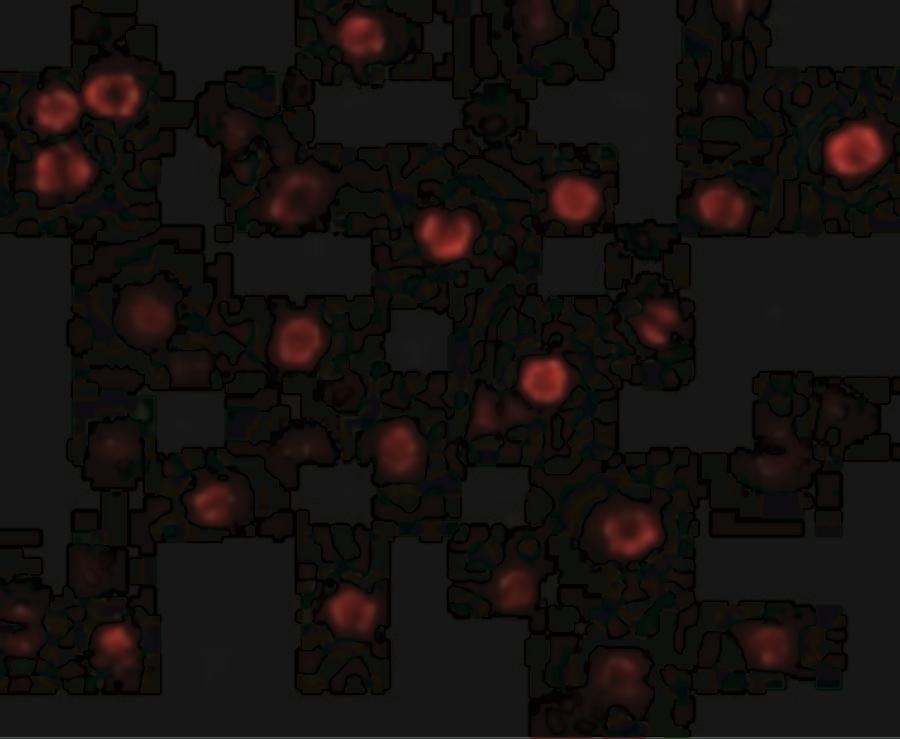T-cadherin was initially identified as cadherin-type cell adhesion molecule expressed in various neuronal populations in a temporally and spatially restricted pattern during axon growth. T-cadherin is an atypical member of the cadherin family because it does not possess the typical transmembrane and cytoplasmic domains but is instead anchored to the plasma membrane by glycosylphosphatidylinositol (GPI) linkage. T-cadherin may play a role in malignant tumor development as loss of the chromosome locus containing the T-cadherin gene correlates with the development of a variety of cancers. Recently it has been shown that T-cadherin can act as a receptor for hexameric and high-molecular weight forms of adiponectin, suggesting that T-cadherin may also play a role in metabolic regulation.





